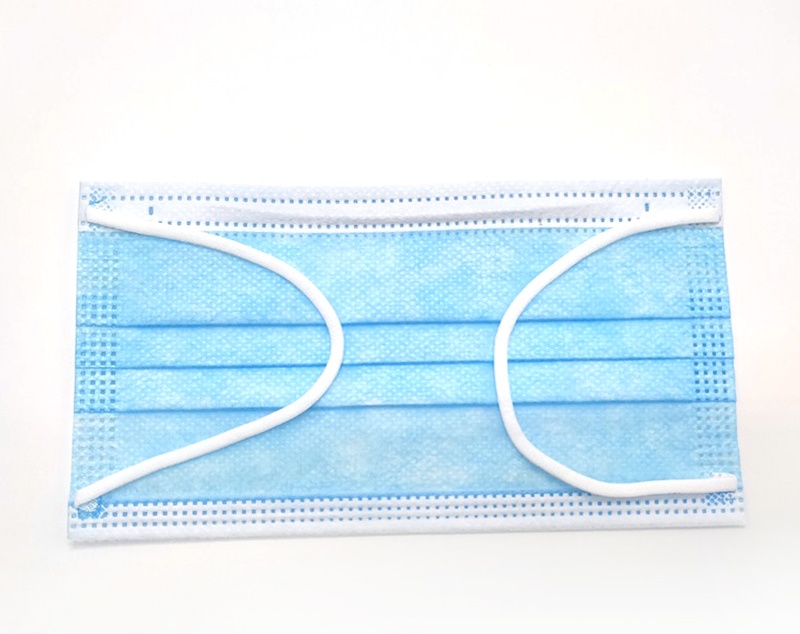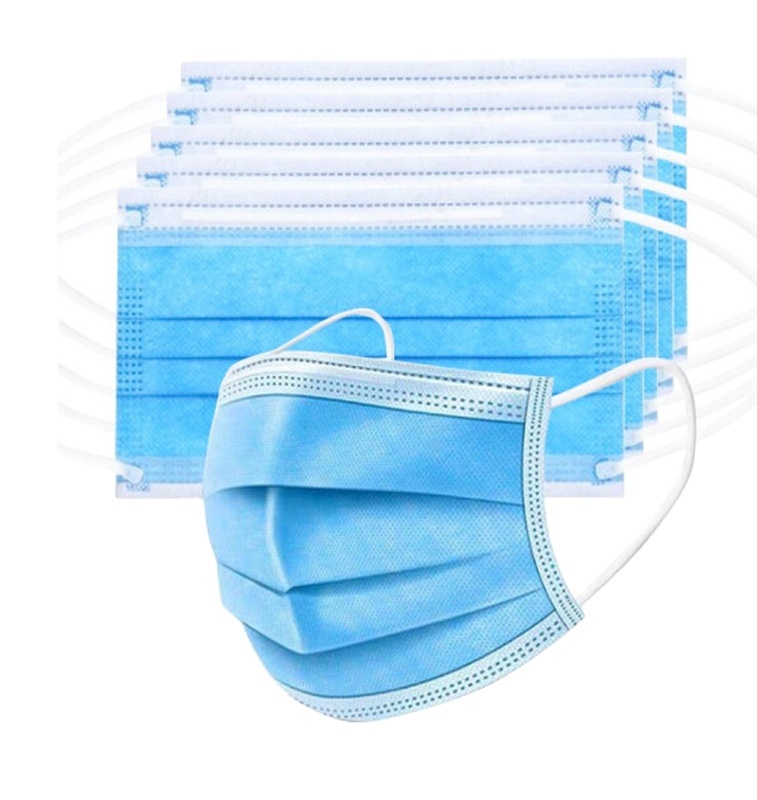Rearing
If the lamb is precociously eaten, fed with fine concentrates and grazing before weaning, it can be divided into 2 to 3 servings of easily digestible food with a crude protein content of 16% to 18% under appropriate grazing conditions. Concentrates 100 to 200 grams (with no change in faeces), night supply of high-quality grass or hay, allowed to eat freely. In addition to controlling the amount of concentrate feed, water and grass should not be limited. The amount of grazing should not be too large. It is best to grazing on artificial meadows reserved around sheep farms (mixture of legumes and grasses is appropriate). Weaning lambs do not use feeds containing toxic substances, such as rapeseed cakes and cottonseed cakes, as far as possible. Soybean cakes must be fried or replaced with fried soybeans.
The composition of the weaning lamb's feed was: fried soybeans 30%, bran (fryable) 10%, corn 46%, alfalfa meal 5%, barley (squashed) 5%, milk powder 0.5%, brown sugar 0.5%, bone meal 1%, Salt 1%, trace element additives containing selenium 1%.
management
Mainly to prevent weaning stress death and disease. From the beginning of the planned weaning, the number of breast-feedings was gradually reduced from 2-3 times per day to 1 time per day. After 1 to 2 weeks of adapting exercise, weaned completely. After weaning, lambs should be grouped individually and grazing close. Lambs returning from grazing should supplement 100-200 grams of mixed concentrate at night and supply high-quality green hay for free admission. For lambs to be fed, the diet should be based on crisp and nutritious alfalfa, oats and other mixed green hay, gradually increasing the amount of concentrate feeding. It is advisable that there is no change in the amount of the feces, which is supplied in two to three times a day.


 Medical surgical masks are used to wear on the nose and mouth of medical staff in the operating room to prevent the spread of dander and respiratory microorganisms to open surgical wounds, and to prevent the spread of surgical patients' body fluids to medical staff, playing a two-way biological protection role. Medical protective masks fully meet the requirements of epidemic prevention and are one of the best and most effective materials for epidemic prevention at present.
Medical surgical masks are used to wear on the nose and mouth of medical staff in the operating room to prevent the spread of dander and respiratory microorganisms to open surgical wounds, and to prevent the spread of surgical patients' body fluids to medical staff, playing a two-way biological protection role. Medical protective masks fully meet the requirements of epidemic prevention and are one of the best and most effective materials for epidemic prevention at present.
Wearing masks correctly is an effective means to block the transmission of respiratory secretions. Choosing medical surgical masks can well prevent the spread of respiratory infectious diseases. How to wear it as follows:
(1) Wash your hands before wearing the mask, and avoid touching the inner side of the mask with your hands during the process of wearing the mask to reduce the possibility of the mask being contaminated;
(2) When wearing, distinguish the inside and outside, up and down of the mask, the light-colored side is inside, the dark-colored side is outside, one end of the metal strip (nose clip) is above the mask, and the folded surface is fully unfolded;
(3) Turn the side with the nose clip upwards, cover the mouth, nose and jaw, adjust the lower end of the mask to the proper position of the lower jaw, hang the elastic bands on both sides on both ears or tie the straps at both ends to the back of the head , then squeeze the nose clip so that the mask fits the face completely.
Face Mask,medical 3-ply face masks, anti-dust face mask,3 ply earloop for kids face masks
Suzhou Xuanweicheng Biotechnology Co., Ltd , https://www.xwc-medical.com